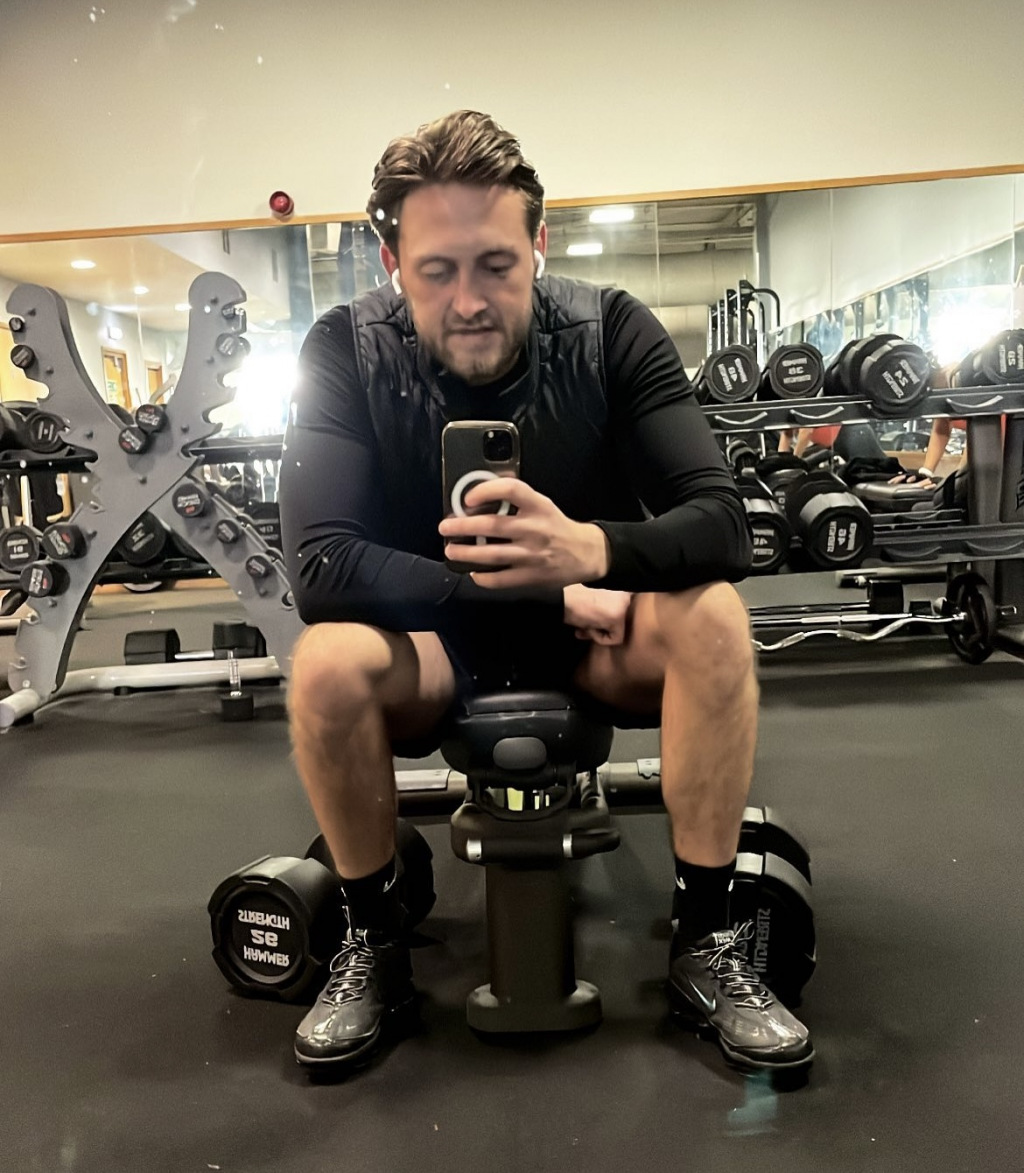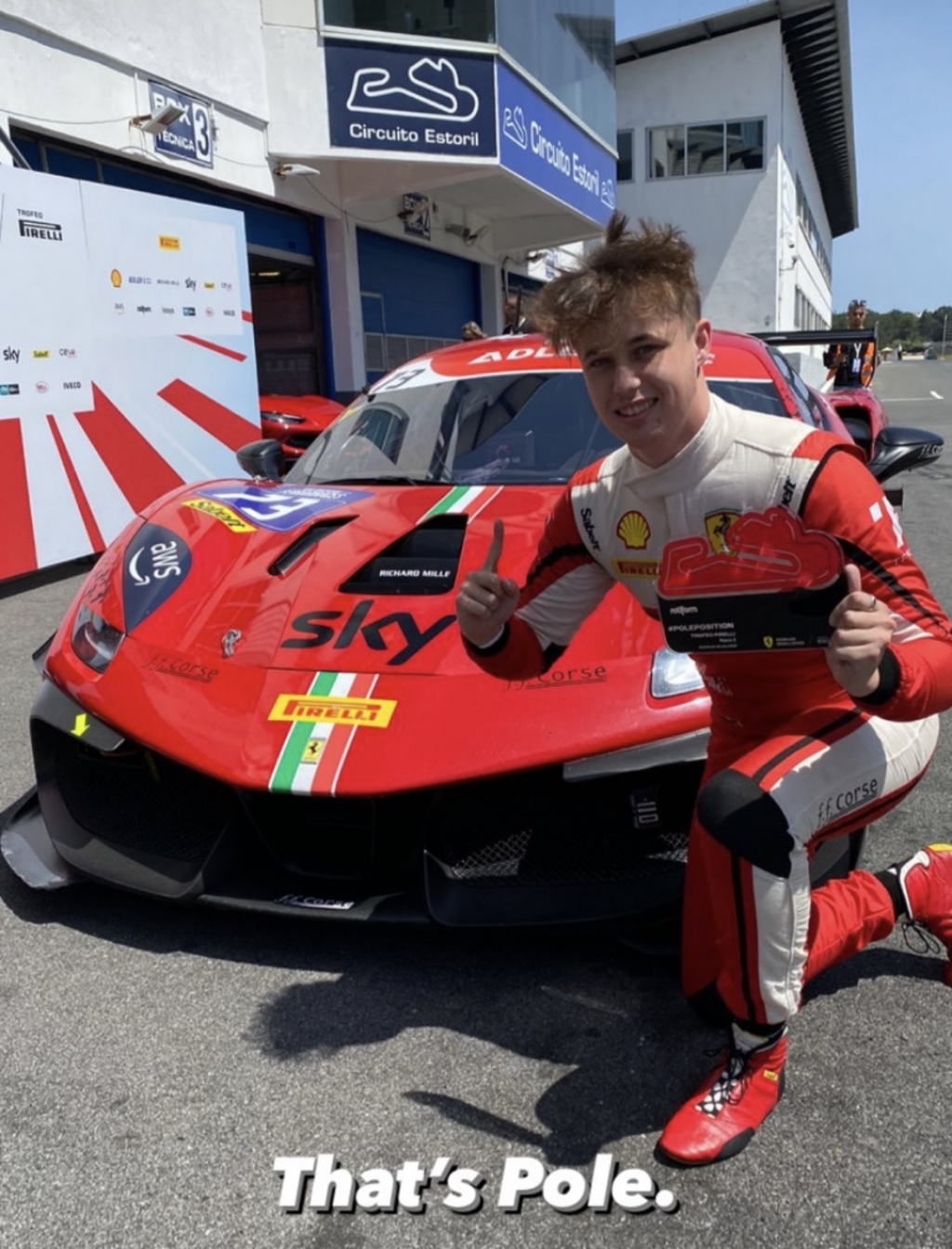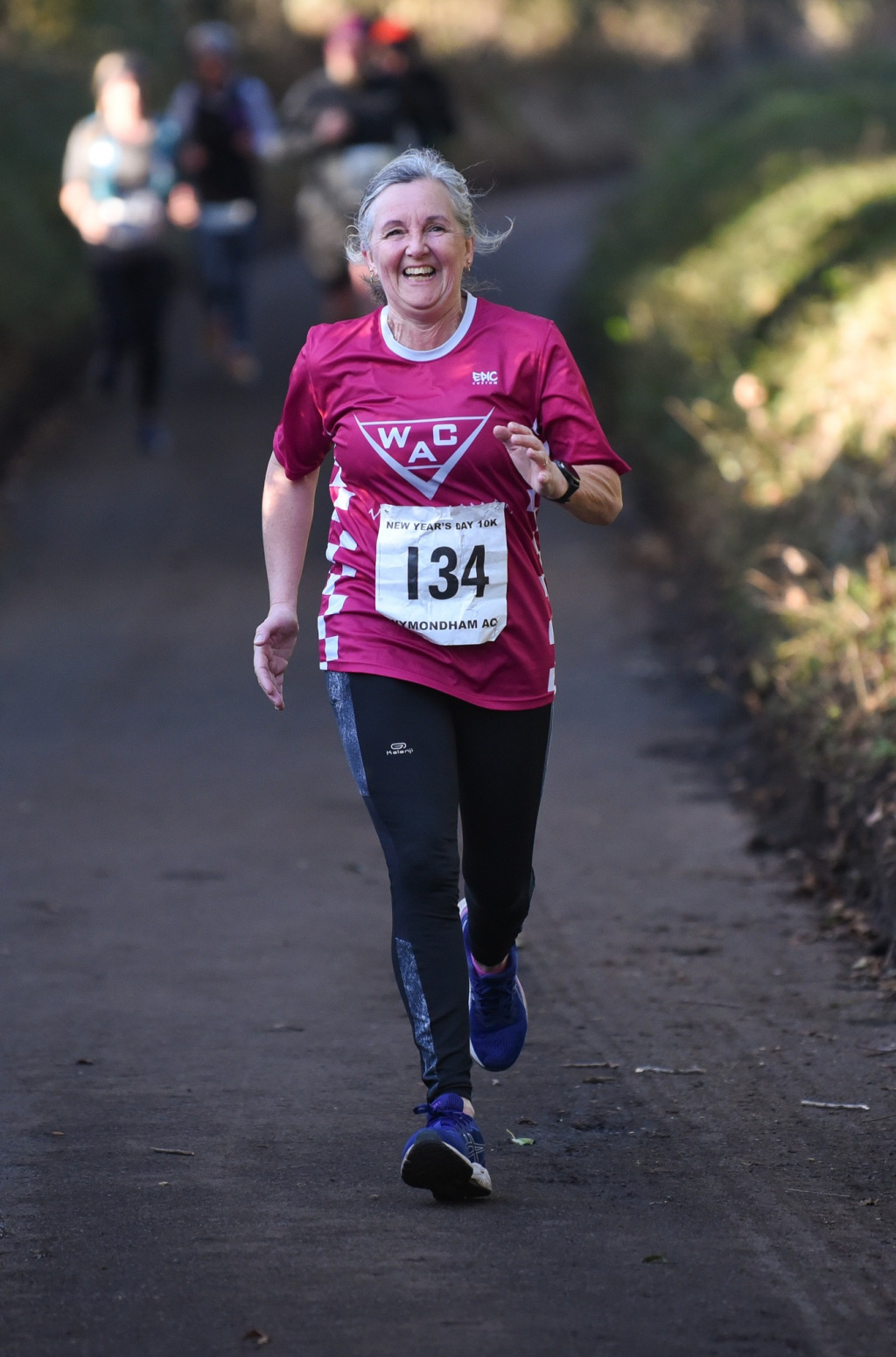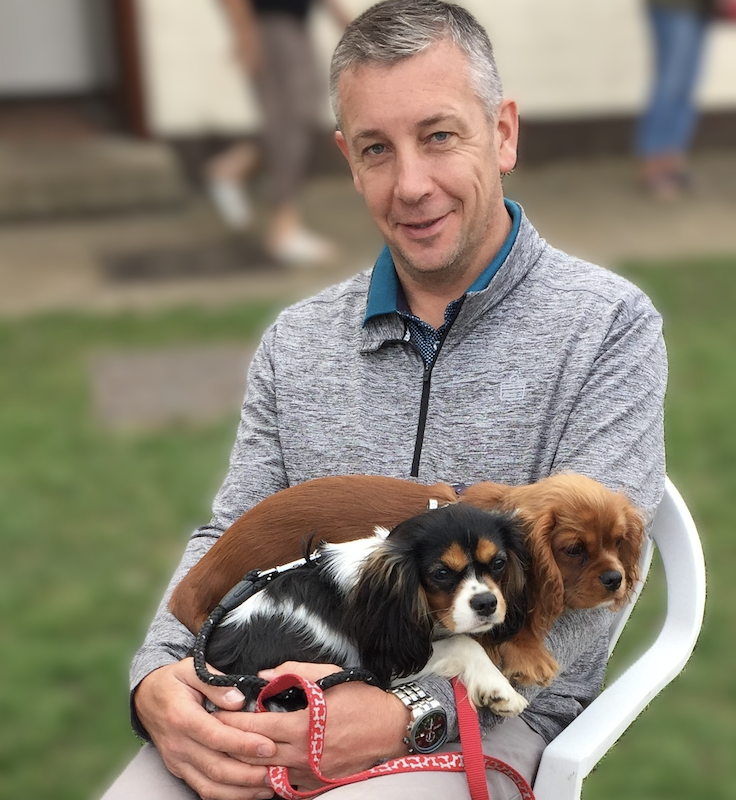After being privileged to write for the Wymondham Magazine for some time now, it's almost guaranteed that every month I get some messages from readers asking me questions or advice about the articles I write. As always I'm more than happy to answer them, especially if it helps people start or continue to love a healthier, fitter lifestyle, but one thing is certain, is that I always get someone ask me about my job when it involves coaching racing drivers, or as I like to call them, motorsport athletes. So I thought this month, I'd share a little bit about what is unique about their working environment, the demands on their body and some of the needs when it comes to their own fitness.
Now, I've been a motorsport Performance Coach for around 25 years, the first experience being when I spent 8 years coaching various drivers in Formula 1, Ralph Firman and Juan Pablo Montoya to name a couple, followed by diversification into British Touring Cars, British Superbikes and Formula 3. After I took a sabbatical from motorsport to focus on other types of disciplines, which included elite athletes from the British Cycling Squad, National badminton Team and Olympiads for the 2004 and 2004 Olympics, I decided in 2021 to return to motorsport.
In 2022 I helped local athletes Will McIntyre take the Junior Ginetta Championship and Ben Arthurton take both the NSMC and PJJMC MotoCross Championships.
This year the amount of athletes and types of disciplines they are competing in has grown. I am not only coaching local motorsport athletes in Moto Cross, but Karting, Fiesta Challenge, British Touring Cars, Porsche Carrera GB, Ferrari 488 European Championship and GB4.
So what's unique about their needs?
Well, their work environment is challenging both physically and mentally. They are often in uncomfortable, prolonged positions for long periods of time, like standing up or almost laying down. This will create a huge demand for fitness in their core muscles, back, shoulders and neck as well as wrist and grip strength.
Cardiovascular fitness is also essential. The need to withstand the G forces and instability and constant moving of the vehicle and body over a race distance of anything from 30 to 60 minutes. Stamina is so important as if you can't last the time, then mistakes can happen which can result in either lost time or potentially accidents to both driver and/or car. Often drivers will have multiple races per day so not only do they need the fitness to sustain race duration, but also to recover and do it all over again!

Heat management is also a factor often forgotten but essential to manage. Imagine wearing underwear, fireproof garments, race suit, gloves, balaclava, helmet then sitting inside a car with no air conditioning and the outside temperature is 30 - 40 degrees. This is a big challenge for my driver Tom Fleming who competes in the Ferrari 488 Challenge in Europe. Last week he called me to say the inside cockpit of his car on the starting grid was 58 degrees even with cool air blowers blowing air through his small window to keep cool. So how do we manage that? Several ways. 1) Good hydration, prior to and after a race in the car 2) Keeping out of the direct sunlight wherever possible 3) Wearing a cool vest which draws out body heat 4) Keeping the cockpit of the car cool so using blowers or umbrellas if its an open cockpit like an F4 car.
Muscular fitness, like all athletes is important but with a racing driver there are areas which are under excessive load that need to be strong. These are mainly the back, shoulders and neck. Important to be able to control and steer the car at speed, through high speed corners and to withstand the G Forces places via momentum. So how strong does a driver's neck have to be?
Well your neck muscles are really small and they have to hold up your head which weighs around 7kg. So to give that a comparison, imagine balancing a bowling ball on top of a drinking straw and that's the pressure their neck is under. Now add around 2G to that if the driver is racing in karts at around 8 years up, 3-4G if they are racing in F4 up to and beyond 8G in Formula 1 and that doesn't include high speed crashes where G Forces has exceeded 10 G!
The last big element of a driver's fitness is mobility. Every day drivers will undertake some type of stretching routine, coupled with foam roller exercises, massage or use of a personal percussive massage gun. This helps aid recovery from racing or training, but also aids injury prevention but it's also nice to not have to train at full capacity all the time. Stretching and mobility is also a useful tool to adapt the driver if they travel a lot, especially internationally to help pre and post travel and settle into their new environment ready to optimise performance.
So that's a little insight to SOME of what I have to consider and manage as a coach for a driver, but there's a lot more to consider including recovery, massage, stretch, mobility, sleep, nutrition, jet lag plans, race day prep and injury management.
So whilst the principles are similar to each driver, the type of car they are racing and the track they are competing on differs so there is a lot of work involved. Intense yes, rewarding definitely!















